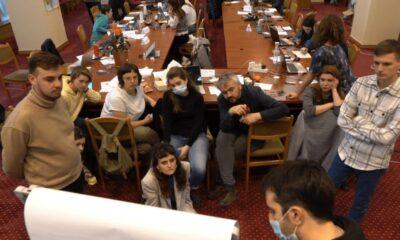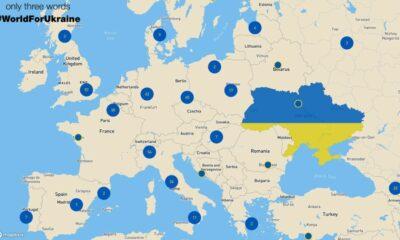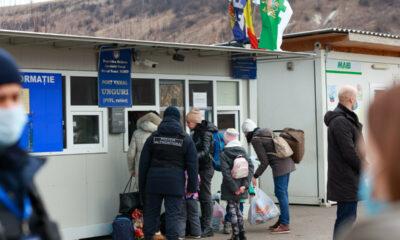Economy
Analysis: Turkmenistan-China gas agreements: still a very long shot
Reading Time: 4 minutesOn July 17 in Beijing, the Turkmen and Chinese governments signed grandiose-looking agreements on gas field development in Turkmenistan and gas sales to China. Presidents Hu Jintao and Gurbanguly Berd
Author: Vladimir Socor, Eurasia Daily Monitor
On July 17 in Beijing, the Turkmen and Chinese governments signed grandiose-looking agreements on gas field development in Turkmenistan and gas sales to China. Presidents Hu Jintao and Gurbanguly Berdimukhamedov — on his first visit to China since becoming president in February — witnessed the signing.
China’s National Petroleum Corporation (CNPC) and the Turkmen State Agency for Management and Use of Hydrocarbon Resources — an agency directly subordinated to the head of state — signed a production sharing agreement to explore and develop gas fields on the right bank of the Amu-Darya River (eastern Turkmenistan). Known gas fields there hold reserves of 1.7 trillion cubic meters of gas, according to earlier Turkmen estimates, cited in connection with this agreement’s signing.
These estimates are not independently confirmed and do not include unexplored or unprospected fields in that basin. Thus, the reserves may turn out to be significantly lower or significantly higher than the current reference figure. CNPC already holds a contract — valued at $1.5 billion according to the corporation — for gas field exploration in Turkmenistan. It envisages digging 12 exploration wells during 2007-2010 at the fields of South Yolotan (in southeastern Turkmenistan).
Also on July 17, CNPC and the state firm Turkmengas signed a sale-and-purchase agreement that envisages deliveries of 30 billion cubic meters of Turkmen gas to China annually for 30 years. There is no public word on the starting date of the delivery period, pricing arrangements, or pipeline construction and third-country transit. The pipeline would run to China’s Xinjiang, there to connect with China’s own network.
China completed at the end of 2004 a 4,000-kilometer gas pipeline from gas-producing Xinjiang to Shanghai. It also plans (or planned) to complete by the end of 2010 a 6,500-kilometer gas pipeline from Xinjiang to Canton. Apparently, Turkmen gas would go into this latter pipeline. However, Turkmen gas will clearly not reach China by that date, if at all. Uncertainty in this regard probably explains the dearth of specific information on the pipeline during Berdimukhamedov’s visit.
According to Berdimukhamedov at the signing ceremony, “The Turkmen side will do everything it can to implement the agreements.” He pledged that Turkmenistan would prepare in time the infrastructure for transport, communications, and electricity provision for CNPC’s operations in the right-bank Amu-Darya basin.
Furthermore, Turkmenistan would “guarantee the gas volumes,” even with production from outside the Amu-Darya basin if necessary. The wording suggests that the project is not based on proven or even probable reserves and that Beijing expects volumes from proven and operating fields, if development of the designated area does not yield sufficient volumes to meet Chinese import targets.
“Turkmenistan has enough gas to export in various directions,” Berdimukhamedov assured the Chinese, albeit without data to support such assurances. This was a standard tactic of Berdimukhamedov’s recently deceased predecessor, Saparmurat Niyazov, in negotiating with potential customer countries, under Russian pressure to monopolize Turkmen gas and in the absence of conclusive estimates on Turkmenistan’s overall reserves.
The agreements and accompanying public statements contain no reliable reserve estimates, investment projections, export-import price formation, implementation timetable, or indeed the route and construction costs of the pipeline. Such omissions cast doubt on this project’s outlook. Back in Ashgabat, Berdimukhamedov’s televised remarks on the project were unusually brief and subdued, not accompanied by the standard exhortations, and packaged together with some trivial government matters.
The July 17 agreements are follow-ups to the April 2006 General Agreement on gas cooperation, signed also in Beijing by Hu with then-president Niyazov. The 2006 framework agreement was a declaration of intent. Whether the two agreements just signed amount to more than that, seems far from clear.
The April 2006 general agreement had envisaged that the 30-year, 30 billion cubic meters per year commitment was to take effect in January 2009. That starting date is clearly no longer feasible, if it ever was. That agreement had also envisaged setting up two working groups for preliminary feasibility studies on field operations and construction of the export pipeline. The groups were to hold bimonthly meetings with a view to signing an implementation package by December 31, 2006. That package was to include:
1) a production-sharing agreement on field exploration and development;
2) an agreement on the parameters of pipeline construction, setting the terms for the technical and economic feasibility study of the pipeline project; and
3) a sale-and-purchase agreement, with pricing based on "comparable international market prices" and payments to be made exclusively in U.S. dollars.
Furthermore, China and Turkmenistan were to hold consultations with transit countries (implying Kazakhstan and possibly also Uzbekistan) regarding construction of the pipeline on their territories.
However, there is no evidence to attest that any of those steps were taken since April 2006. Whether Berdimukhamedov would or could deliver more than Niyazov did on this project seems also doubtful from Beijing’s perspective. During his visit, the Chinese repeatedly reminded Berdimukhamedov publicly of the need to “implement bilateral agreements, [and] work closely on the gas project” — clearly an admonition from Chinese Prime Minister Wen Jiabao. The two presidents’ communiqué mentions “the need to strictly abide by, and conscientiously implement, the documents that were signed and comprehensively put into effect the agreements reached” — again a mark of Beijing’s growing sense of urgency, if not growing skepticism about Turkmenistan’s latitude to deliver on this project.
Absent Western engagement, Ashgabat has not been able to challenge Russia’s quasi-monopsony on Turkmen gas. The West collectively would again be the strategic loser from any deal that would send Turkmen gas to China, instead of to Europe via Turkey. The Turkmen-Chinese agreements seem in any case a very long shot, not an immediate or realistic challenge to Russian monopsony. However, the Kremlin will cite these agreements to suggest that Turkmenistan’s gas reserves have already been preempted almost entirely by Russia and China, so as to discourage any Western involvement.
The Kremlin wants to sign intergovernmental agreements with Ashgabat in September that would indeed preempt most of Turkmenistan’s export potential. Turkmenistan needs Western proposals on gas pricing and pipeline investment ahead of September.
(Xinhua, Turkmen Altyn Asyr, Interfax, July 17-19; see EDM, April 10, 2006, May 14, 16, 17, July 19)
Economy
Moldova will receive a disbursement of 36 million euros as part of the the Economic Recovery Plan
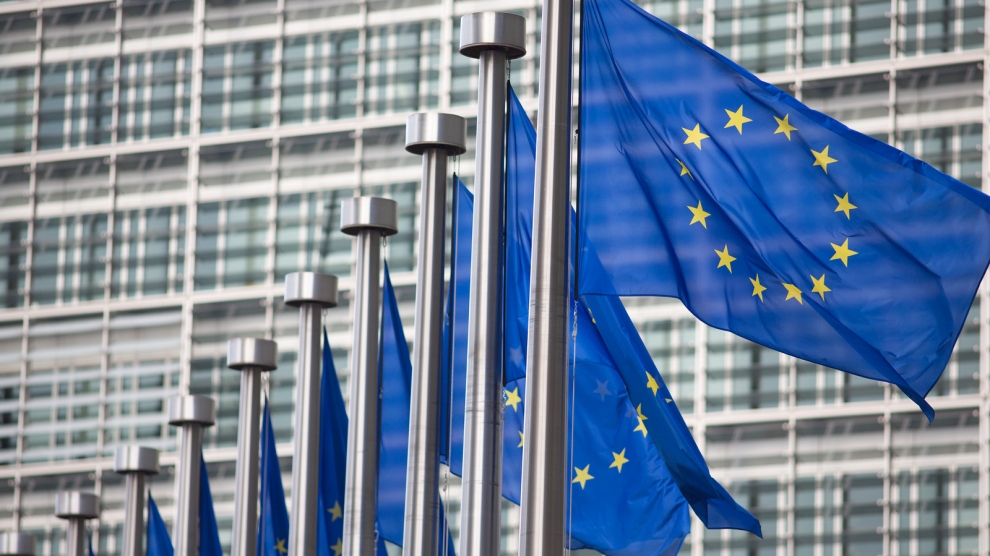
This week, the European Commission approved the disbursement of 36 million euros in grant money for the Republic of Moldova. The announcement was made by Deputy Director-General for Neighbourhood Policy and Enlargement Negotiations at the European Commission, Katarina Mathernova, who paid an official visit to the Republic of Moldova between September 13-15, together with Managing Director for Russia, Eastern Partnership, Central Asia, Regional cooperation and OSCE, at the European External Action Service, Michael Siebert.
The EU officials had meetings with President Maia Sandu, Minister of Foreign Affairs and European Integration, Nicu Popescu, Speaker of Parliament, Igor Grosu, Prime Minister of the country, Natalia Gavrilita, as well as key representatives of Government, international financial institutions and the civil society, according to a press release issued by the Delegation of the European Union to the Republic of Moldova.
Beside such topics as the EU-Moldova relations and prospects, the priorities of the reform agenda of the new Moldovan Government, preparations for the Eastern Partnership Summit at the end of the year and the Transnistrian conflict settlement, the officials also discussed the EU assistance in support of reforms and the Economic Recovery Plan for Moldova, which was announced in June with a total EU support of 600 million euros over the next 3 years.
“The first measures under the Economic Recovery Plan will shortly materialize, with the expected disbursement of 36 million euros in grant money under budget support programmes to support the authorities’ efforts to fight against the consequences of the pandemic. Moldova can count on EU’s assistance on its path to reforms and to recovery, bringing tangible results to citizens,” Katarina Mathernova stated.
The plan is based on assistance provided by the European Union through various bilateral and regional instruments, aiming to mobilize the funds in the form of grants, loans, guarantees and macro-financial assistance.
“The Economic Recovery Plan for the Republic of Moldova involves much more, not just this financial support provided immediately. It must help digital transformation, strengthen infrastructure, energy efficiency, education and support small and medium-sized enterprises,” the EU official also said.
As Prime Minister Natalia Gavrilita informed, “The Economic Recovery Plan and the 5 flagship initiatives for Moldova in the Eastern Partnership will directly contribute to the reform and consolidation of institutions, stimulate long-term socio-economic development, bring direct benefits to citizens, and unleash new economic opportunities through promoting the green agenda and digitization. Small and medium-sized enterprises (SMEs) have been hit hard by the crisis. Promoting and diversifying access to finance and reducing collateral requirements will be essential in supporting economic operators. We are grateful to the EU partners who will launch two programs to support 50 000 independent Moldovan SMEs to adapt to the new conditions.”
President of the Republic of Moldova, Maia Sandu, welcomed the decision of the European Union to disburse about 745 million lei in grant money, as the official page of the President’s Office announced. “EU support comes after a long period of freezing of European assistance, caused by former governments. We managed to relaunch the political dialogue with the European Union and resume financial assistance. The Republic of Moldova is gradually regaining the trust of its strategic partners. This European support is also a signal of encouragement for the new Government team in its commitment to clean up the institutions, fight corruption and launch development programs in the country,” said Maia Sandu.
Photo: unknown
Economy
Romania and Moldova signed a partnership memorandum pledging to cooperate in promoting their wines
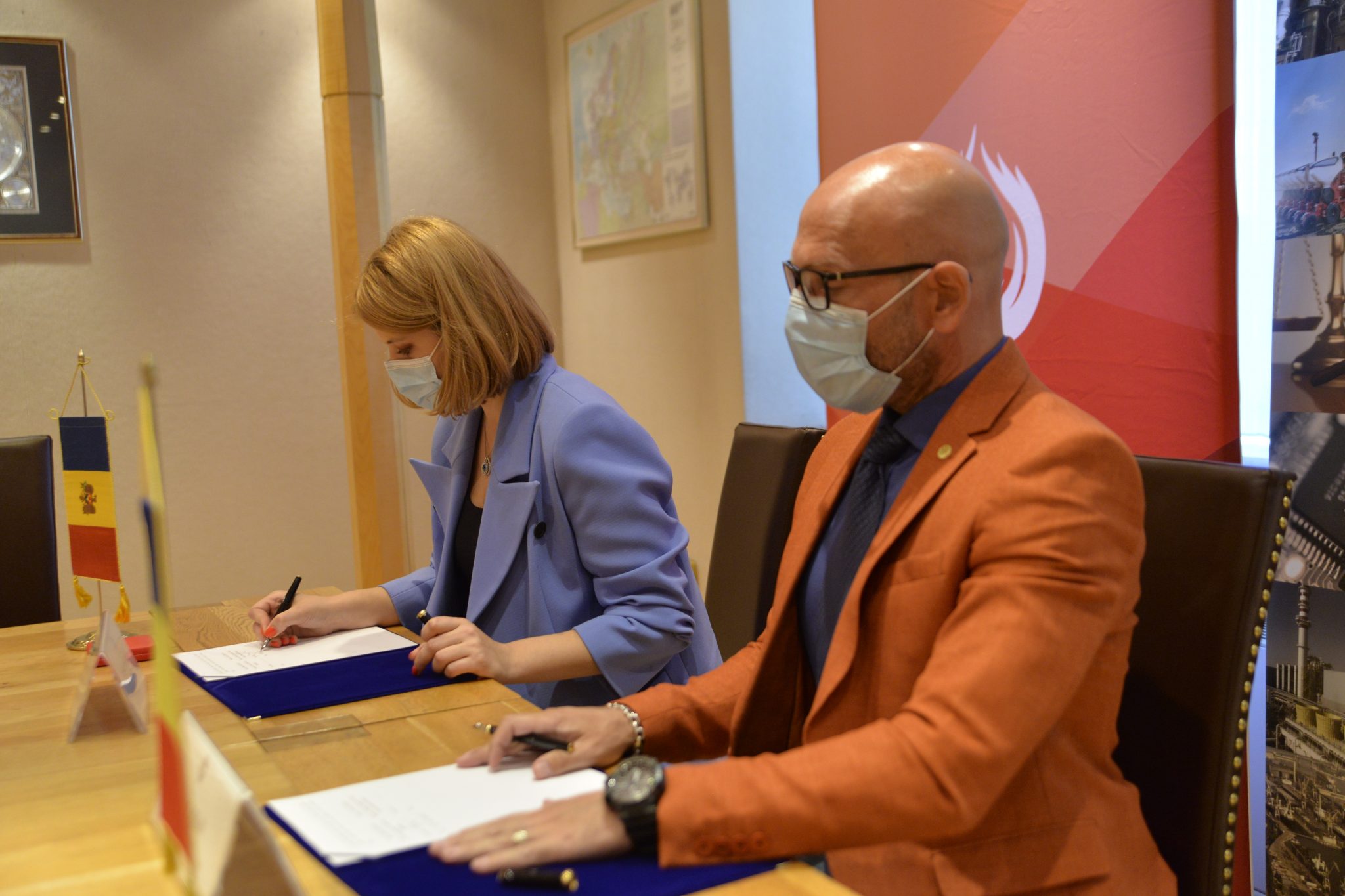
The Chamber of Commerce and Industry of Romania (CCIR) and the National Office for Vine and Wine (NOVW) of the Republic of Moldova signed, last week, a memorandum of cooperation on organizing joint promotional activities in the markets of common interest, as the CCIR announced.
China, Japan or the USA are just some of the markets targeted by the Romanian and Moldovan institutions. The memorandum also involves advertising activities for wines from common indigenous varieties, promoting the oeno-tourist region, developing a tourist route in the two states, exchange of experience, study visits, and mutual support in identifying new export opportunities. “We are very confident that this collaboration between our organizations will lead to sustainable economic growth and a higher degree of well-being among Moldovans and Romanians,” claimed Deputy Secretary-General of CCIR, Bogdan Visan.
On the other hand, Director of the NOVW, Cristina Frolov, declared that no open competition with Romania is aimed at the governmental level of the Republic of Moldova. “This request for collaboration is a consequence of the partnership principle. Romania imports 10-12% of the wine it consumes, and we want to take more from this import quota. Every year, the Romanian market grows by approximately 2.8%, as it happened in 2020, and we are interested in taking a maximum share of this percentage of imported wines without entering into direct competition with the Romanian producer,” the Moldovan official said. She also mentioned that Moldova aims at increasing the market share of wine production by at least 50% compared to 2020, and the number of producers present on the Romanian market – by at least 40%.
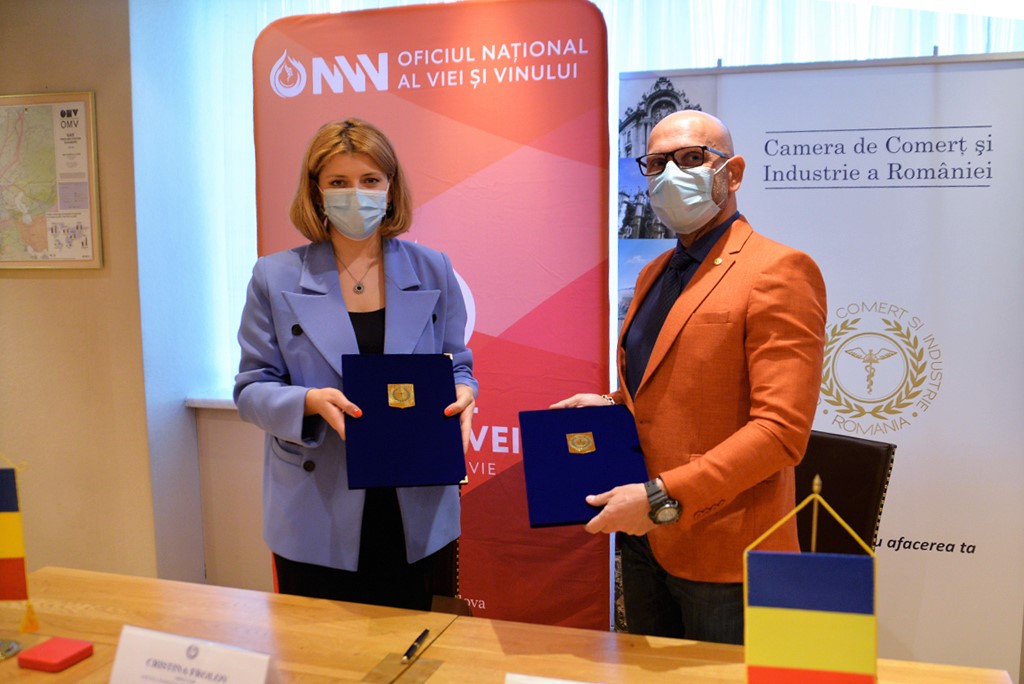
Source: ccir.ro
**
According to the data of the Romanian National Trade Register Office, the total value of Romania-Moldova trade was 1.7 billion euros at the end of last year and over 805 million euros at the end of May 2021. In July 2021, there were 6 522 companies from the Republic of Moldova in Romania, with a total capital value of 45.9 million euros.
The data of Moldova’s National Office of Vine and Wine showed that, in the first 7 months of 2021, the total quantity of bottled wine was about 27 million litres (registering an increase of 10% as compared to the same period last year), with a value of more than one billion lei, which is 32% more than the same period last year. Moldovan wines were awarded 956 medals at 32 international competitions in 2020.
Photo: ccir.ro
Economy
Moldova’s hope to be a top walnut exporter and its main difficulties
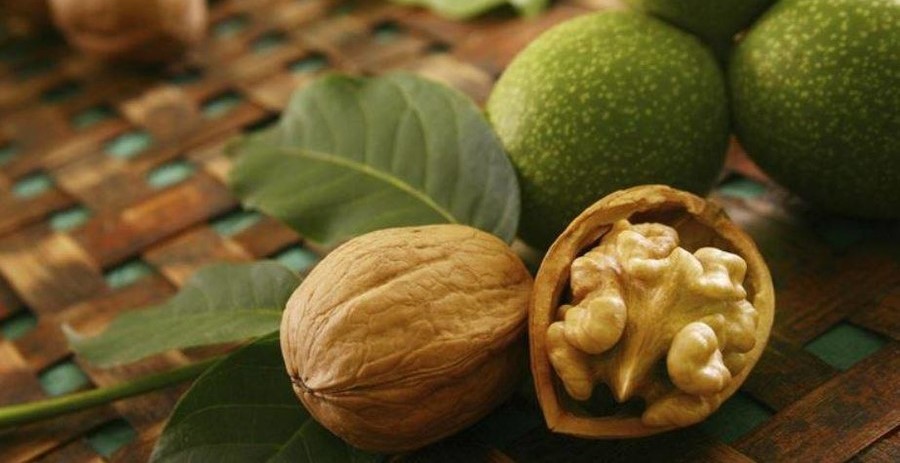
The Republic of Moldova has perfect weather conditions for growing walnut trees, that creating a great potential of walnut production and trade, especially on international markets, where the demand is way higher than the product’s supply. National and international experts believe that the country’s walnut production industry is on the verge of important transformations, which could lead to increased yields, quality and competitiveness worldwide.
According to authorities, Moldova exports 34-35 thousand tons of walnuts in shell, which is about 7% of the total export of fruit and 5% of the total export of horticultural products. The export value is assessed as being $120 million, that being 57-60% of the total fruit export value and about 50% of horticultural export value. Most of walnut crops are exported to the EU countries, such as France, Germany, the Netherlands, Romania and Austria. The country’s exports were among the world’s top 10 when it comes to the highest dollar value of the product during 2020.
Viorel Gherciu, Minister of Agriculture and Food Industry, pointed out that the production in the domestic walnut industry has increased by 55% in the last five years, which ranks Moldova among the main producers in the world.
“The biggest opportunity for this industry is that we are in the geographical proximity of the largest walnut import area in the world, which is the European Union, with almost 40% of total imports in the world. We are on the EU border, with privileged relations, with an Association Agreement. We already enjoy a good relationship in working with European importers, they trust our processors. A very close collaboration has been created and this is, in fact, the guarantee for those who invest in the area,” claimed the president of the Walnut Producers Association, Oleg Tirsina.
The data provided by the National Bureau of Statistics show that there are 34.7 thousand hectares of walnut plantations in the country. 20.90 hectares are represented by orchards. 75% of planted orchards are formed of old varieties trees. 30-35% of the exported production comes from orchards, the rest comes from individual farmers and plantations along the roads. This means that the quality of walnut production is not at its maximum potential. Developing commercial plantations through orchards modernization and extension of walnut varieties would provide double yield and better quality, experts say.
Governmental support in the form of subsidizing solutions, foreign investments and credit options are indispensable for the industry development. One of the financing options is the credit line of the European Investment Bank Project. Since 2016, 15 producers and processors of nuts, almonds and hazelnuts have benefited from these loans with the total amount of investments worth 8.7 million euros. A further extension of the project would provide another 60 million euros for the modernization of the horticultural sector in general and for harvesting organic walnuts in particular.
Photo: heymoldova.com


